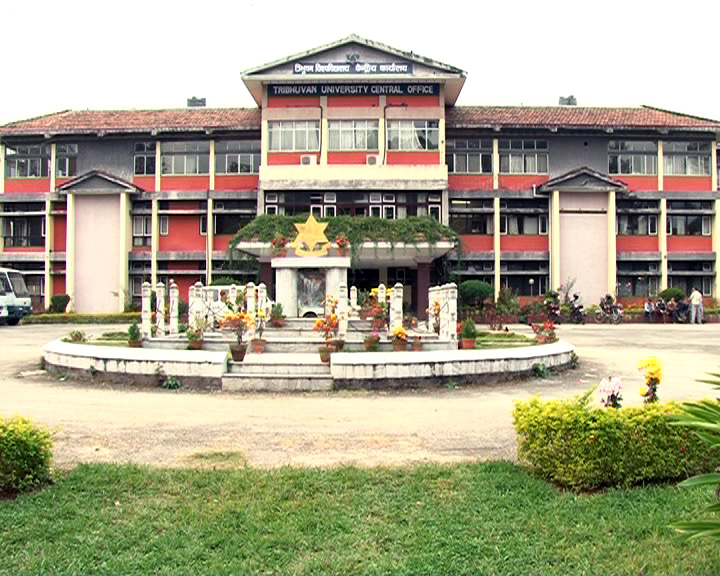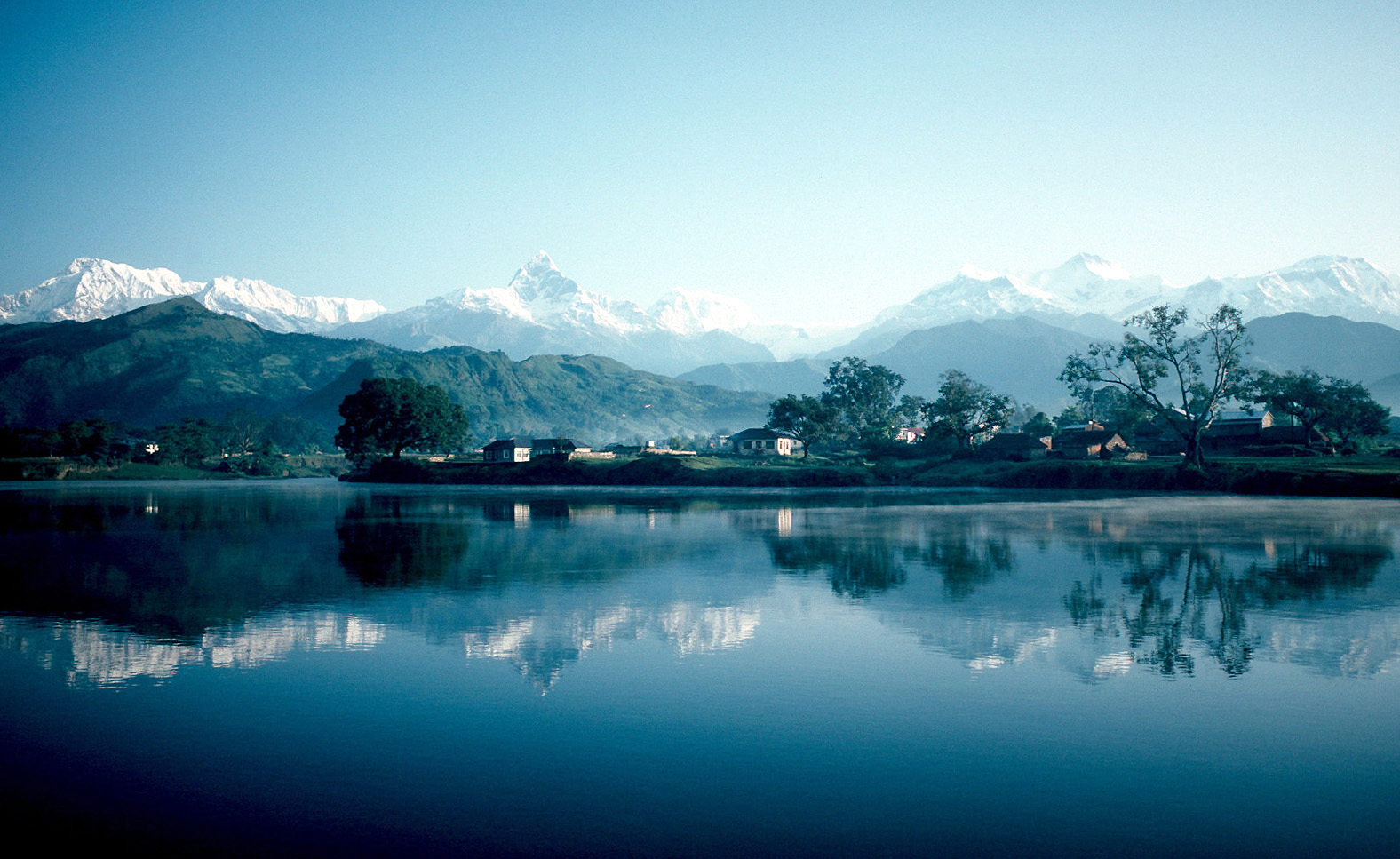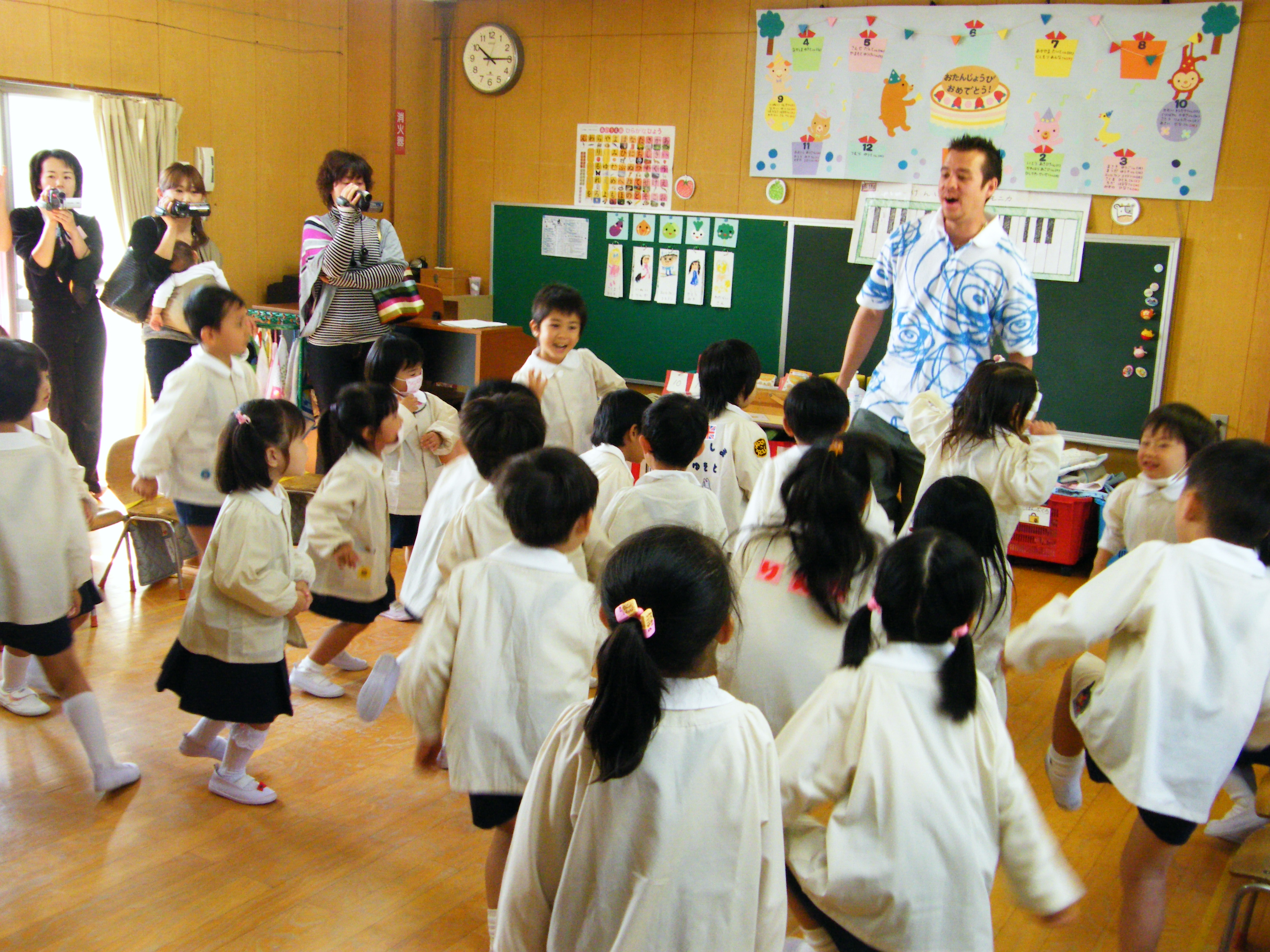|
Janapriya Multiple Campus
Janapriya Multiple Campus (JMC) is a multi-disciplinary institute affiliated to the Tribhuwan University and located in Pokhara, Nepal. The campus was established in 1991 as a non-profit academic institution to develop skilled human resources. The campus has been QAA certified by the University Grants Commission (Nepal). As of 2019, the campus has 4550 students. The campus has an arrangement with a local bank to provide employment to a few students with highest scores. The campus publishes its own academic journal annually titled ''Janapriya Journal of Interdisciplinary Studies''. History On 8 March 2005, students of the All Nepal National Independent Students' Union (Revolutionary) assaulted the principal of the college, Ganesh Man Palikhe, in his office, dousing him with gasoline and attempting to burn him alive. He fought back and survived. The district administration arranged two police officers as bodyguards, but on 12 June he and his bodyguards were assassinated by Maoist gu ... [...More Info...] [...Related Items...] OR: [Wikipedia] [Google] [Baidu] |
Gandaki Province
Gandaki Province ( ne, गण्डकी प्रदेश ) ), is one of the seven federal provinces established by the current constitution of Nepal which was promulgated on 20 September 2015. Pokhara is the province's capital city. It borders the Tibet Autonomous Region of China to the north, Bagmati Province to the east, Karnali Province to the west, and Lumbini Province and Bihar of India to the south. The total area of the province is 21,504 km2 - about 14.57% of the country's total area. According to the latest census, the population of the province was 2,403,757. The newly elected Provincial Assembly adopted Gandaki Province as the permanent name by replacing its initial name Province no. 4 in July 2018. Krishna Chandra Nepali is the present chief minister of Gandaki Province Etymology Gandaki Province was named after the river Gandaki. Gandaki is a major river in the province. This river has Important links with historical Hindu civilization. The Gandaki riv ... [...More Info...] [...Related Items...] OR: [Wikipedia] [Google] [Baidu] |
Tribhuwan University
Tribhuvan University (TU; ne, त्रिभुवन विश्वविद्यालय) is a public university located in Kirtipur, Kathmandu. Established in 1959, TU is the oldest university in Nepal. In terms of enrollment, it is the 12th largest university in the world. The college offers 1000 undergraduate and 500 postgraduate programs across a wide range of disciplines. Additionally, the institution has 30 constituent campuses and over 600 affiliated colleges across the country. Because it is government-funded, the tuition fees are less expensive than those of private (affiliated) college campuses. History Established on 25 June 1959 (or 11 Ashar 2016 BS), Tribhuvan University is the oldest and largest university in Nepal. The university was named after the late King Tribhuvan. In its early years, all the postgraduate classes were held at Tripureshwor Campus. The administrative office was also located in Tripureshwor. It was only in 1967 that the university wa ... [...More Info...] [...Related Items...] OR: [Wikipedia] [Google] [Baidu] |
Pokhara
Pokhara ( ne, पोखरा, ) is a metropolitan city in Nepal, which serves as the capital of Gandaki Province. It is the second most populous city of Nepal after Kathmandu, with 518,452 inhabitants living in 101,669 households in 2021. It is the country's largest metropolitan city in terms of area. The city also serves as the headquarters of Kaski District. Pokhara is located west of the capital, Kathmandu. The city is on the shore of Phewa Lake, and sits at an elevation of approximately 822m. The Annapurna Range, with three out of the ten highest peaks in the world—Dhaulagiri, Annapurna I and Manaslu—is within of the valley. Pokhara is considered the tourism capital of Nepal, being a base for trekkers undertaking the Annapurna Circuit through the Annapurna Conservation Area region of the Annapurna ranges in the Himalayas. The city is also home to many of the elite Gurkha soldiers, soldiers native to South Asia of Nepalese nationality recruited for the Briti ... [...More Info...] [...Related Items...] OR: [Wikipedia] [Google] [Baidu] |
University Grants Commission (Nepal)
University Grants Commission (विश्वविद्यालय अनुदान आयोग) is an autonomous government body of Nepal formed under the jurisdiction of UGC Act approved by the parliament of Nepal on 2 November 1993. UGC became functional in 1994 with the opening of its office at Sanothimi, Bhaktapur. The main reason to establish UGC is to implement the concept of multiple universities in Nepal. Before UGC's establishment only Tribhuwan University looked after the higher education. The main objectives of the UGC are to coordinate among universities; allocate and disburse government grants to universities and higher educational institutions and take appropriate steps for the promotion and maintenance of standards of higher education in Nepal. UGC allocates and distributes grants to the universities and their campuses. Objectives The main objectives of UGC are: * advise The Government of Nepal to establish new universities, * formulate policy for grants to ... [...More Info...] [...Related Items...] OR: [Wikipedia] [Google] [Baidu] |
All Nepal National Independent Students' Union (Revolutionary)
The All Nepal National Independent Students Union (Revolutionary) or ANNISU (R) is the student wing of the Communist Party of Nepal-Maoist, a political party in Nepal. It is also referred as All Nepal National Free Students Union-Revolutionary ANNFSU-R. The current President of the ANNISU (R) is Pancha Singh. Violence MCC compact entered Nepal during the premiership of Bhattarai while a committee was formed during second premiership of Dahal to rectify MCC. During premiership of Bhattarai, Barsaman Pun was the finance minister while Krishna Bahadur Mahara was the finance minister during premiership of Dahal. Maoist leaders Matrika Prasad Yadav, Bina Magar, Shakti Bahadur Basnet, Giriraj Mani Pokharel and Ram Bahadur Thapa were part of Second Oli cabinet which took MCC to parliament. At the time, they had given approval to table MCC. Party president Prachanda publicly maintained that the Millennium Challenge Corporation's (MCC) Nepal Compact could not be ratified with ... [...More Info...] [...Related Items...] OR: [Wikipedia] [Google] [Baidu] |
CPN-Maoist ...
The Communist Party of Nepal is a name used by a number of Nepalese political parties claiming allegiance to communism. Most trace their roots back to the original Communist Party of Nepal formed in 1949. Active parties National parties Other parliamentary parties Minor parties Defunct parties References {{Political parties in Nepal * Communist Communism (from Latin la, communis, lit=common, universal, label=none) is a far-left sociopolitical, philosophical, and economic ideology and current within the socialist movement whose goal is the establishment of a communist society, a ... [...More Info...] [...Related Items...] OR: [Wikipedia] [Google] [Baidu] |
Prithivi Narayan Campus
Prithvi Narayan Campus or P.N. Campus,( ne, पृथ्वीनारायण क्याम्पस) is a public co-educational institution located in the northern part of the Pokhara city and is one of the largest campuses affiliated to the TU. The institution offers undergraduate(Bachelors) and graduate (Masters & Doctorate) programmes. It is named after the great king; Prithvi Narayan Shah. History The campus, initially named Prithvi Narayan College, was established on Sept. 1, 1960, as the first community college of the Kaski district for post-secondary education by local efforts. In its initial years, the classes were conducted in Ratna Rajya Laxmi High School. In 1961, it was granted public land in Bhimkali Patan, Bagar where it currently exists. Regarded as one of the largest affiliate campuses of TU, it is a major center for Undergraduate, Graduate and Post Graduates education in the Gandaki Pradesh. The campus is regarded as one of the important educational in ... [...More Info...] [...Related Items...] OR: [Wikipedia] [Google] [Baidu] |
Tribhuvan University
Tribhuvan University (TU; ne, त्रिभुवन विश्वविद्यालय) is a public university located in Kirtipur, Kathmandu. Established in 1959, TU is the oldest university in Nepal. In terms of enrollment, it is the 12th largest university in the world. The college offers 1000 undergraduate and 500 postgraduate programs across a wide range of disciplines. Additionally, the institution has 30 constituent campuses and over 600 affiliated colleges across the country. Because it is government-funded, the tuition fees are less expensive than those of private (affiliated) college campuses. History Established on 25 June 1959 (or 11 Ashar 2016 BS), Tribhuvan University is the oldest and largest university in Nepal. The university was named after the late King Tribhuvan. In its early years, all the postgraduate classes were held at Tripureshwor Campus. The administrative office was also located in Tripureshwor. It was only in 1967 that the university w ... [...More Info...] [...Related Items...] OR: [Wikipedia] [Google] [Baidu] |
Education In Pokhara
Education is a purposeful activity directed at achieving certain aims, such as transmitting knowledge or fostering skills and character traits. These aims may include the development of understanding, rationality, kindness, and honesty. Various researchers emphasize the role of critical thinking in order to distinguish education from indoctrination. Some theorists require that education results in an improvement of the student while others prefer a value-neutral definition of the term. In a slightly different sense, education may also refer, not to the process, but to the product of this process: the mental states and dispositions possessed by educated people. Education originated as the transmission of cultural heritage from one generation to the next. Today, educational goals increasingly encompass new ideas such as the liberation of learners, skills needed for modern society, empathy, and complex vocational skills. Types of education are commonly divided into formal ... [...More Info...] [...Related Items...] OR: [Wikipedia] [Google] [Baidu] |


.jpg)


